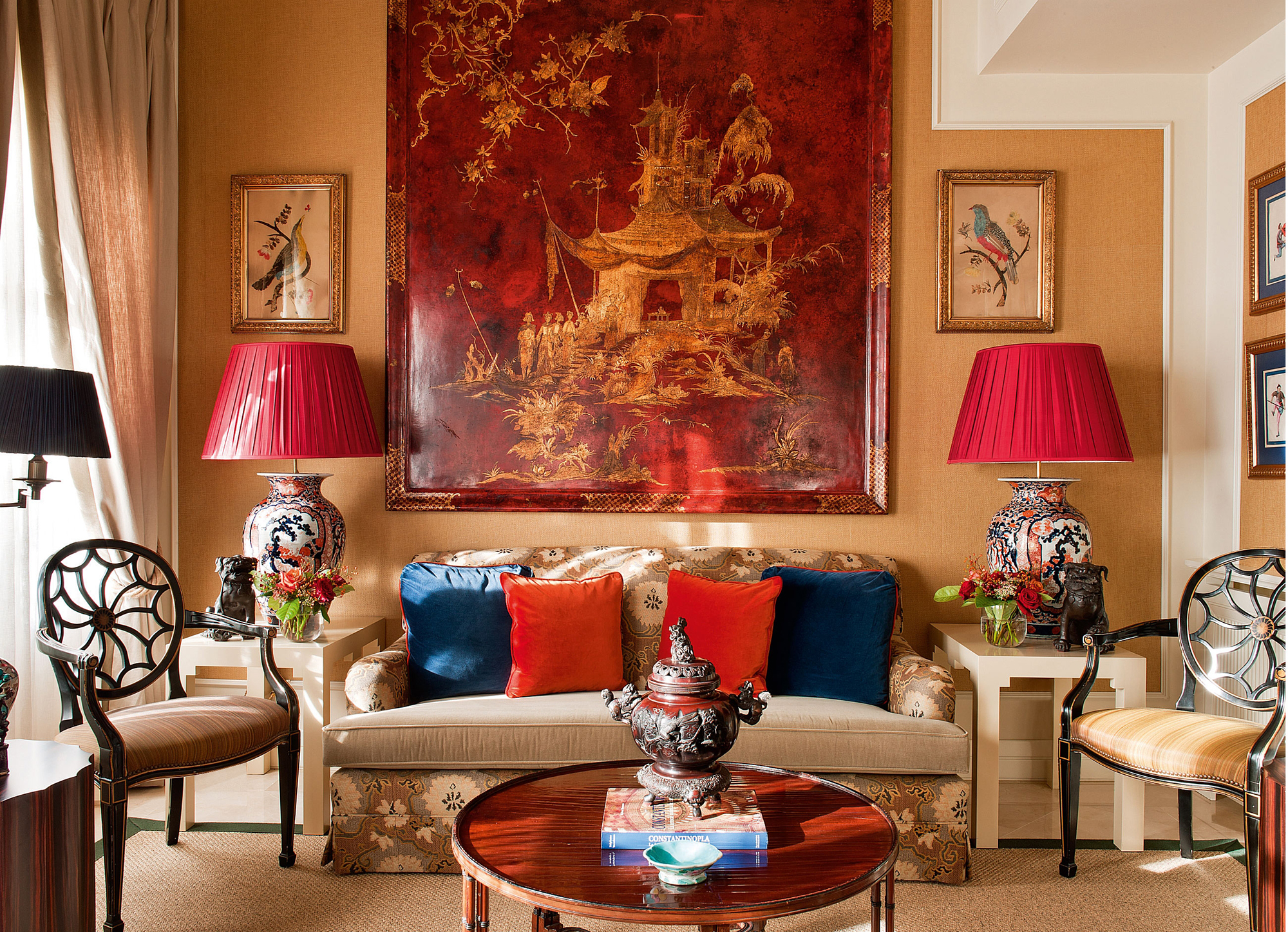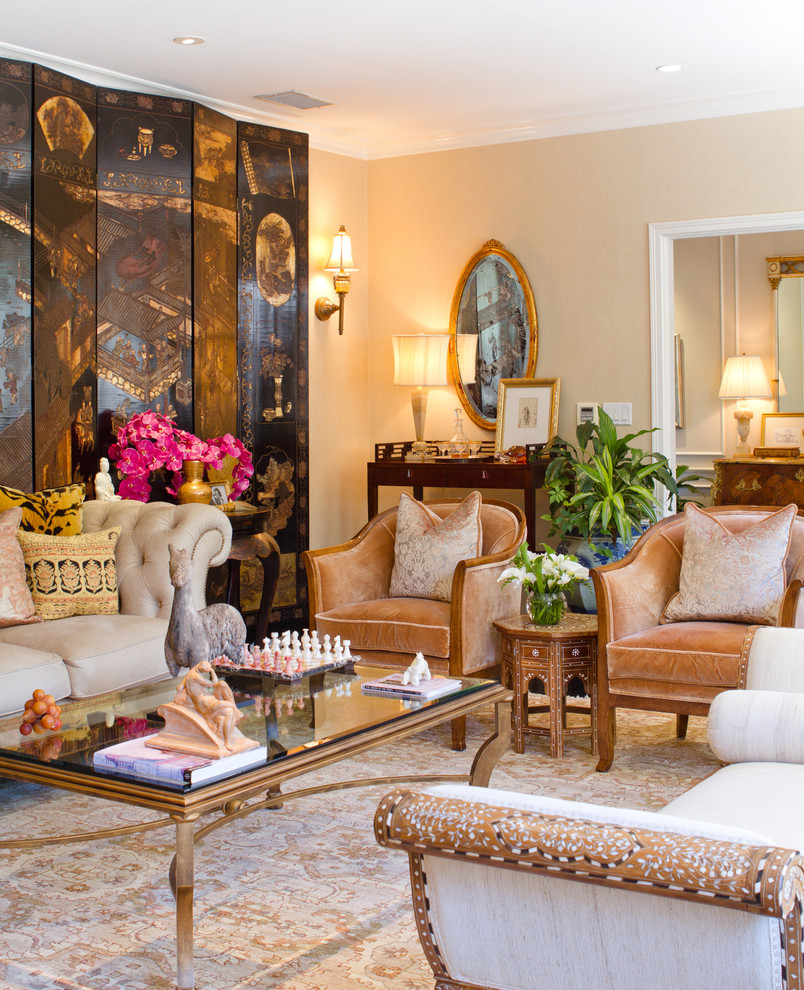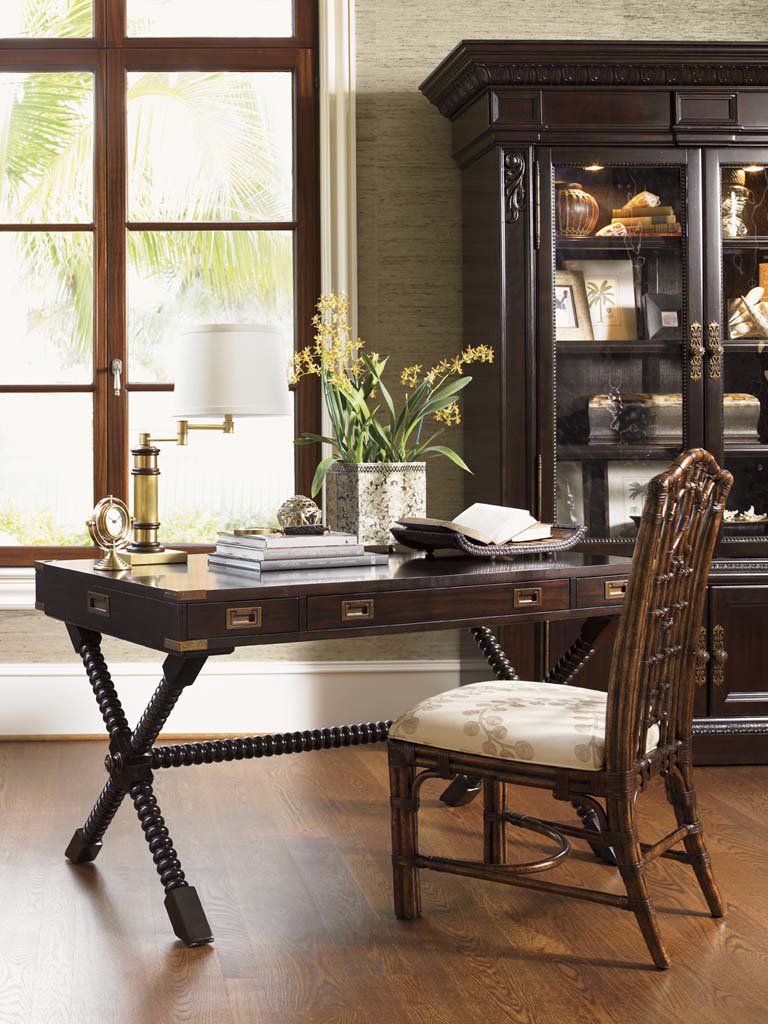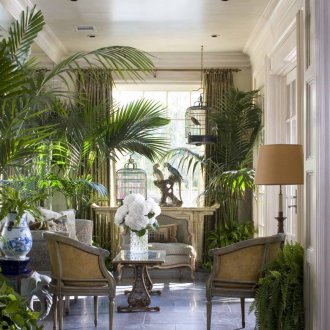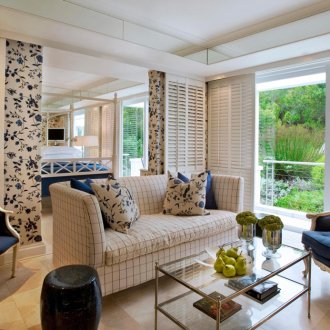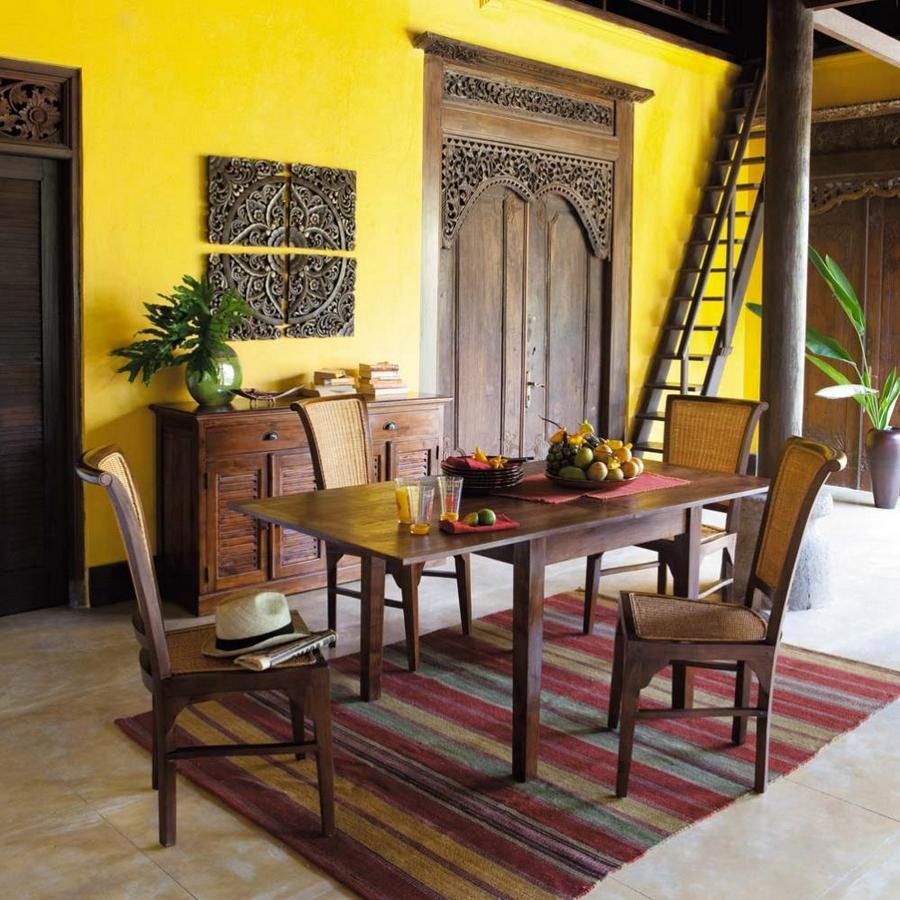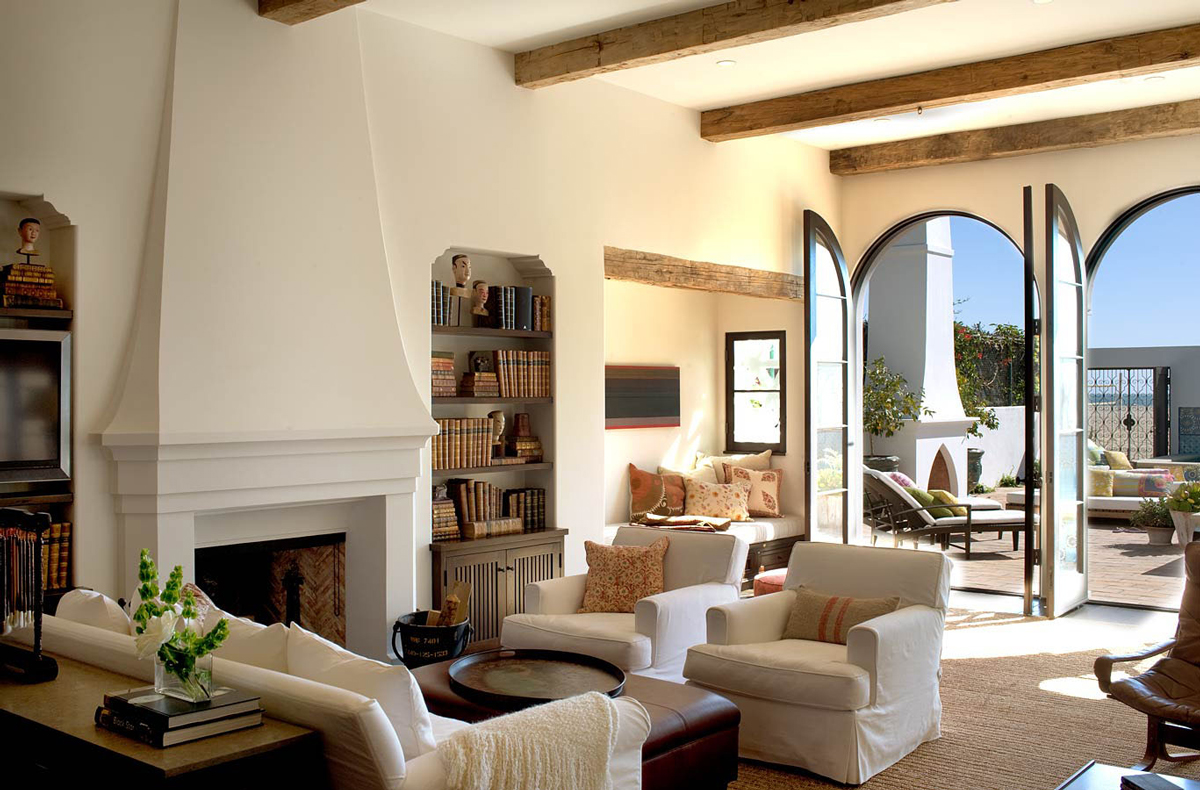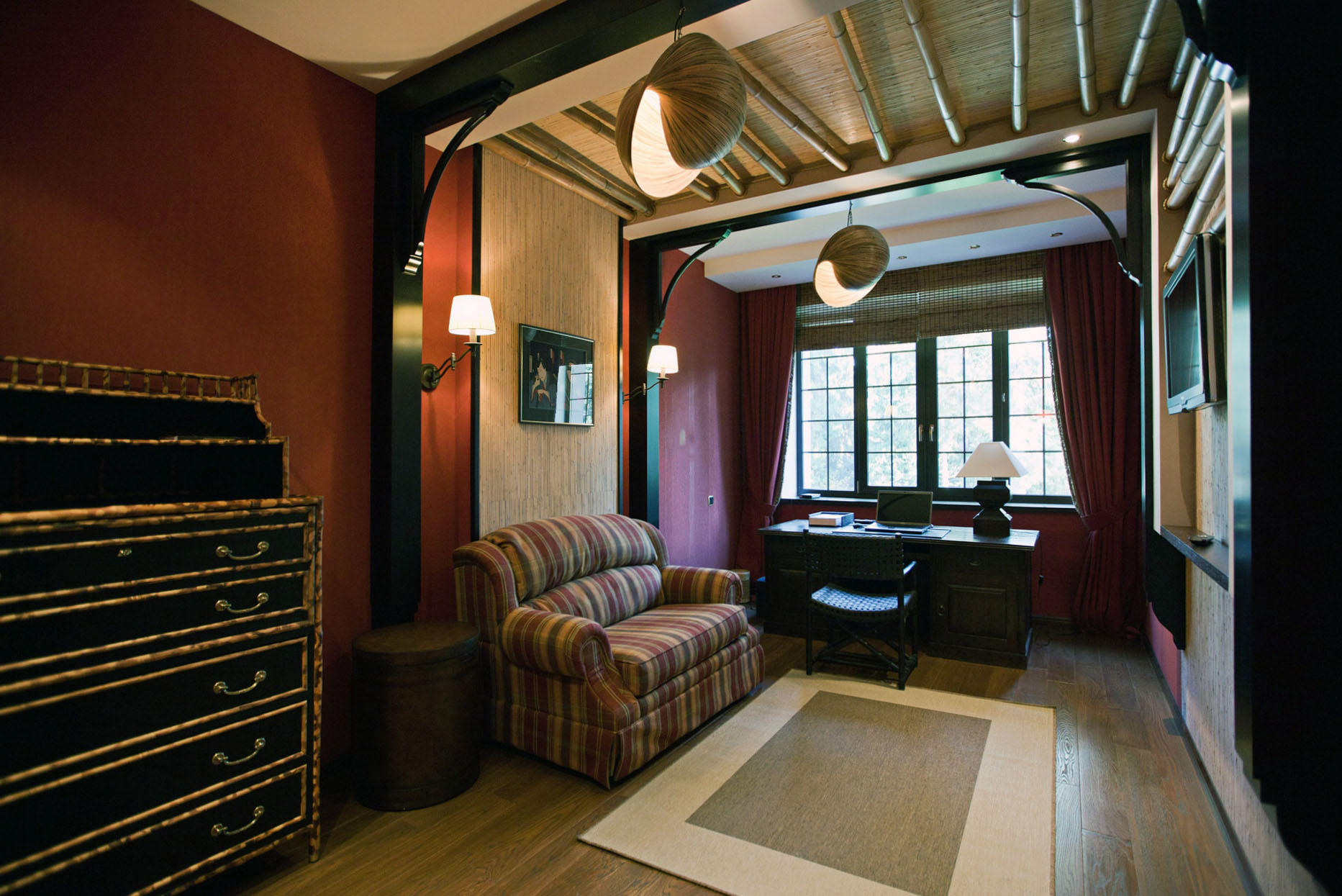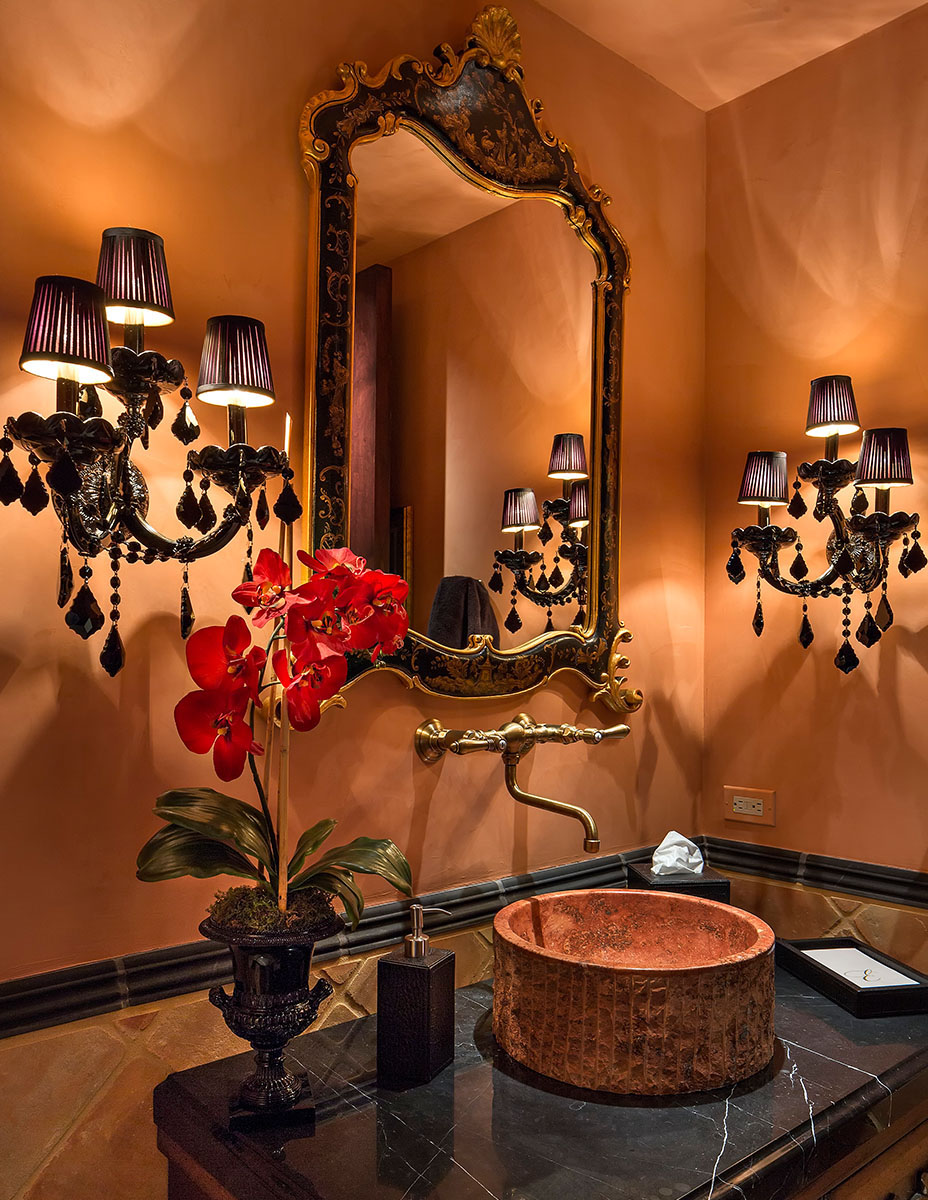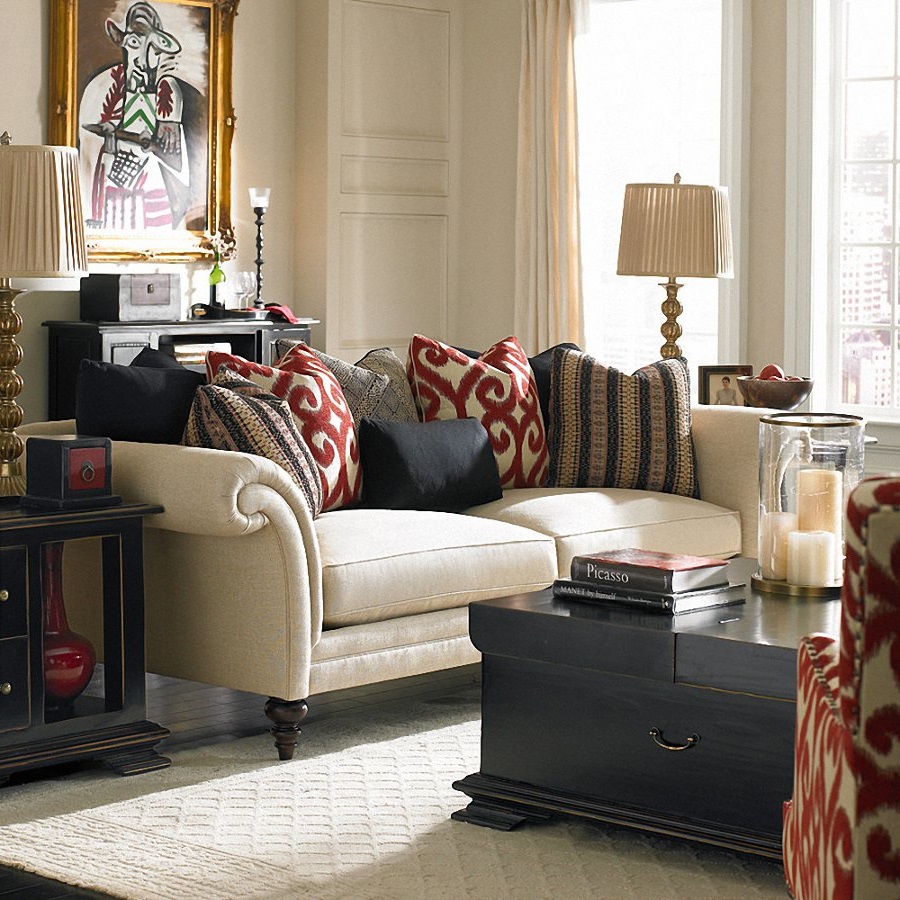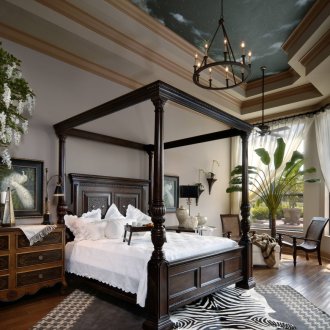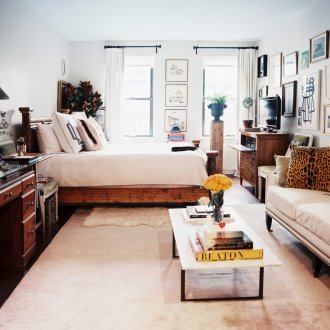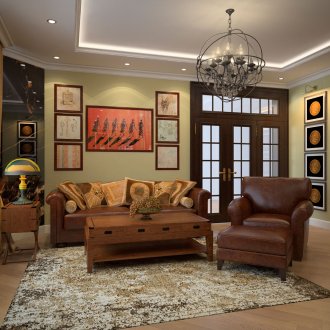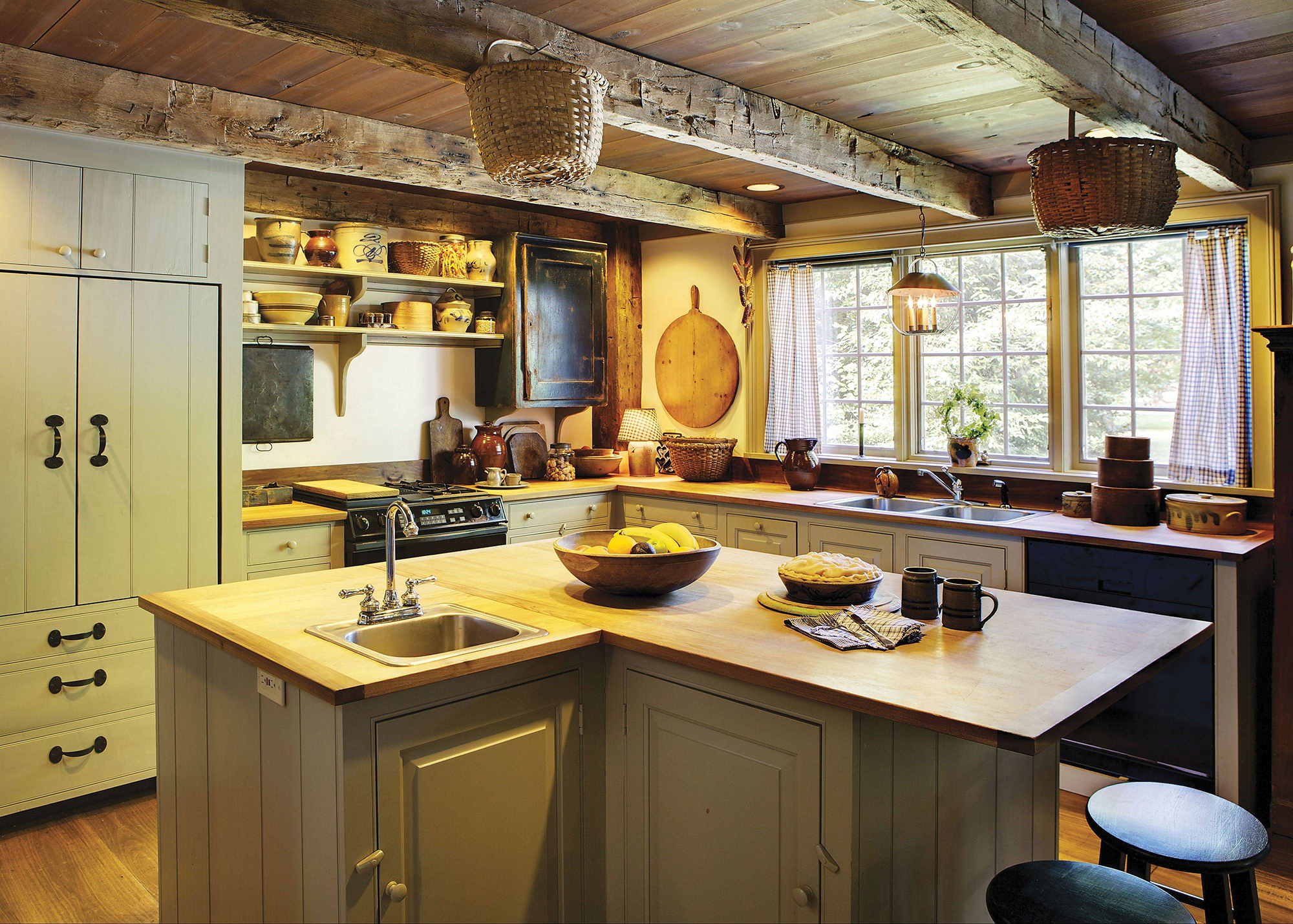Colonial style in the interior (20 photos): beautiful designs
Content
Colonial style appeared in medieval Europe. Then "Old Lady England", Spain, Portugal and America ruled the whole world, and their colonies were present on every continent. The conquerors brought with them not only a new language for Aboriginal people, a form of government and customs, but also their usual comfort. Gradually, the design adapted to the conditions of the tropics. Decorative motifs flowed smoothly into the European direction.
As a result, today we have a very sophisticated and unique colonial style in the interior, the basis of which is massive carved furniture made of teak and mahogany in combination with exotic ornaments and rattan.
Laconicism and simplicity
The essence of the colonial style is that there are no clear boundaries - explicit zoning of rooms is not appropriate. On the contrary, the design provides for maximum smoothing of all transitions. Often, for such a "soft" separation, designers use multi-level floors, screens, partitions, columns and ceilings with all kinds of niches or swings.
Color palette
Luxury, restraint and tranquility are also pronounced in the color performance of the colonial style. As a rule, to decorate the premises in this direction (Spanish or English colonial style), pastel light colors are used in the decoration of the walls and darker saturated colors in the furniture setting. Gold, olive, terracotta or the color of ocher and aged wood will also be appropriate. But, again, all this does not mean that the colonial design does not allow the use of bright and rich decorative elements. The main thing is not to overdo it!
Decoration and materials
The colonial style in the interior is a unique combination of European classics and exotic. Therefore, wood of such species as rattan palm, rubber, Asian nut and yew is quite acceptable in the decoration of premises. Various natural materials will also look no less profitable in this style: ceramics, clay, bronze or stone.
Particular attention should be paid to the choice of textiles and take into account a number of important points:
- Design only in natural shades and colors, exotic ornaments that mimic the color of a tiger, zebra, giraffe, leopard, etc. are also welcome.
- All materials used must be natural: suede, leather, linen or wool.
- Mandatory is the presence of carpets in the interior, maximally reflecting the color and culture of the chosen subject. These are fur products resembling the skin of animals, and tracks with oriental or African animals, and many other objects - the choice is not limited.
Natural materials in the colonial style emphasize the luxury and charm of the decor, as well as create a unique flavor and overall unique design.
Walls
As for the wall decoration, the Spanish colonial style is considered the best option, and hence the wallpaper with all kinds of patterns. In addition, plaster or wallpaper with a bamboo texture or natural fabric is allowed. No less impressive are the panels with massive ceiling cornices, as well as with original columns.As decorative elements, various paintings with specific symbols, natural motifs or with the image of animals in the framework of the color of bronze and, of course, made of natural wood, are suitable.
This is interesting: open walls are very characteristic of the colonial style, whether they are windows from the ceiling to the floor, an open room or a gallery with an open wall. But, of course, in the conditions of our climate (unfortunately, it is not Spanish or American) it is impossible to recreate such an option.
Also, the colonial style in the interior allows for the presence of imperial symbols of gold color against the background of white walls - it looks incredibly pompous. For example, you can use the emblem of Spain, Britain or Portugal - the main military powers of the colonial era.
Ceiling
Colonial-style decoration includes both plasterboard ceiling structures and wooden beams that protrude into the room (living room, bedroom, etc.). The color of the ceiling can be exotic, for example, mahogany or classic white.
Some designers complement the ceiling with an original fan. Of course, in the era when the colonial Spanish, American and English styles were born, such fans were not electric and functioned due to the natural air circulation. Modern fans also look and are arranged differently. However, there is a way out - you just need to give them a retro shape in order to favorably complement the colonial atmosphere in the room. In addition, the fans should be made only of natural materials, like everything else.
Note: modern models of fans also often combine several functions at once - refreshing and lighting.
Furniture
Furniture for a colonial interior is chosen only from natural materials (whether it be a kitchen, living room or bedroom). Textile or leather sofas, chairs with massive carved backs and soft seats, coffee and dressing tables with curved legs, four-poster beds and wicker chests that have a wooden frame and help to not only convey the atmosphere inherent in this style, but also to achieve the most comfortable atmosphere for residence.
A bit of history: in the hot countries of that colonial era, four-poster beds were not at all aesthetics. The canopy protected its owner from many flying insects, and so that stuffy nights simply did not suffocate, only transparent light tissues were used.
The main thing here is an aesthetically competent and at the same time functional interior.
Lighting
The colonial style in the interior is, first of all, spaciousness and a large amount of light, whether it is the design of a bathroom, living room or bedroom. Mandatory is the presence of huge windows that provide the maximum amount of sunlight in the room.
Note: of course, the option with windows is only suitable for private houses, while in apartments they usually solve the problem of lighting with a variety of light sources: floor lamps, chandeliers or antique lamps, sconces and spotlights.
Decor and accents
Large and small items in large numbers, various souvenirs and figurines - the perfect decoration for the colonial style. All kinds of mirrors in carved frames, shaman masks, figures of animals and people will also be useful.
And now it is worthwhile to consider in more detail the design of individual rooms in a colonial style.
Bedroom
In this case, you can use both pastel colors and authentic combinations of gold with red or white with blue. The lower part of the bedroom is favorably decorated with wooden panels, but still they should not be trimmed with the whole room.
Special attention must be paid to the bed. As mentioned earlier, it must be voluminous and massive. A dresser with many drawers, a tricuspid wardrobe and a carved dressing table will become a good thing for a colonial bedroom.
Living room
According to designers, it is in the living room that the colonial style looks most organically. Confident and calm design is conducive to communication, and also demonstrates the interests and tastes of the owners. As ornaments for the living room, unique handmade items or exotic items from different countries are suitable.
Ceiling and wall decoration is best done in pastel colors. “Revive” the colonial interior of the living room will help bright curtains and colorful natural carpets. If it is planned to install furniture with textile upholstery in the room, then its pattern should be in harmony with other fabric elements of the living room decor. All this will allow you to create a single motive holding the composition together.
Kitchen
Colonial-style kitchen - unlimited space, sleek and functional design. If the room is large, then you can place, for example, a carved kitchen set with an island, and hang all the necessary kitchen items above it.
An undoubted plus in the colonial interior of the kitchen is the presence of a large oven (or its imitation). It is a kitchen with such a huge imitation that designers often use to hide the active cooking area.
The kitchen, where light shades of beige, brown and yellow with natural stone or dark wood will be combined, will become noble and pacifying.
Important: a colonial-style kitchen should not have too bright and “flashy” design, otherwise it will become quite gloomy. You can avoid the "crushing" atmosphere if you use light tiles to finish the floor.
Mix of colors and cultures - all this is inherent in the colonial interior
Such a design of the rooms, no doubt, will appeal to connoisseurs of classics. Here, and notes of exoticism, and chic, and a special charm that many of us somehow like, agree.
